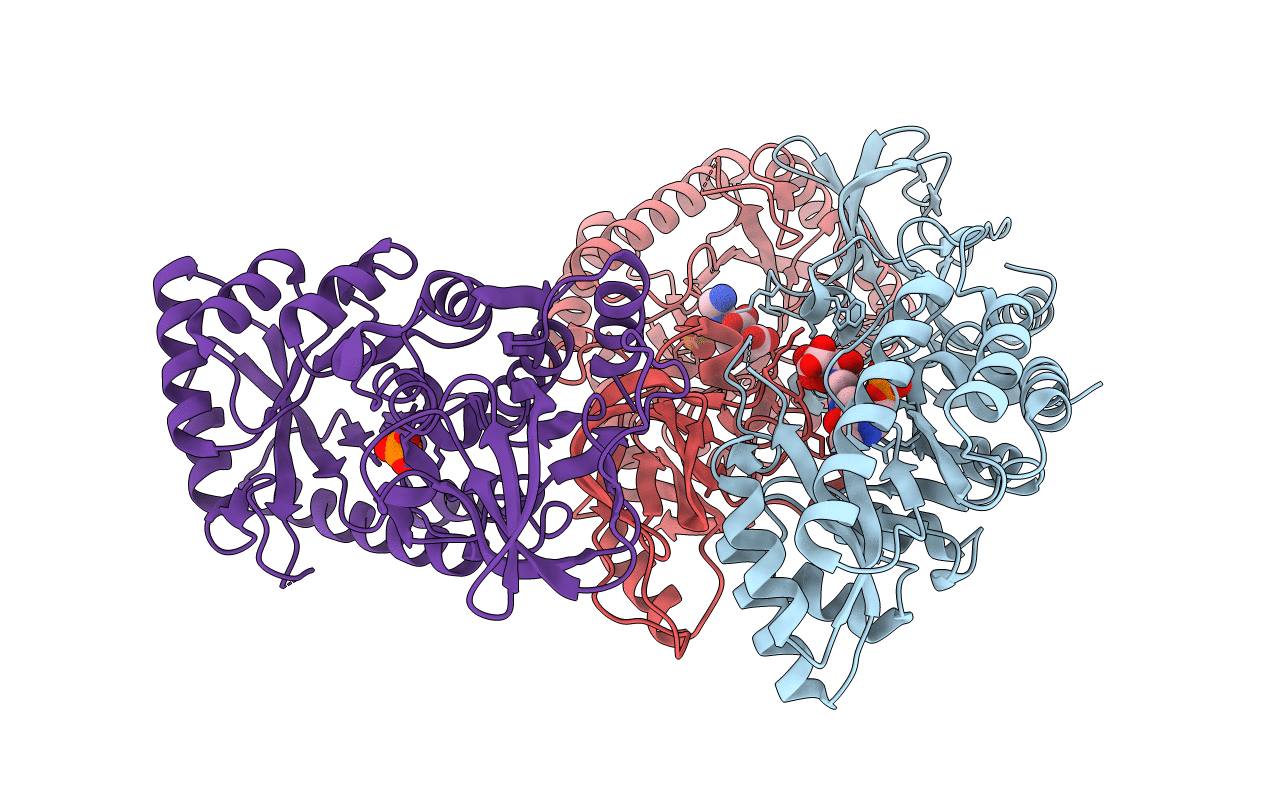
Deposition Date
2019-08-05
Release Date
2019-11-13
Last Version Date
2023-11-22
Entry Detail
PDB ID:
6KNK
Keywords:
Title:
Crystal structure of SbnH in complex with citryl-diaminoethane
Biological Source:
Source Organism:
Staphylococcus aureus subsp. aureus Mu50 (Taxon ID: 158878)
Host Organism:
Method Details:
Experimental Method:
Resolution:
2.30 Å
R-Value Free:
0.24
R-Value Work:
0.22
R-Value Observed:
0.22
Space Group:
C 1 2 1


